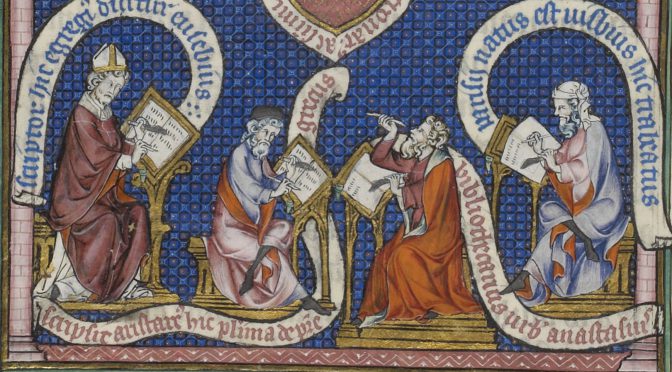Převod, překlad a přenos vědomostí mezi kláštery. Směry a přístupy ve výzkumu vzorců ve středověku a novověku
Přednáška Józsefa Laszlovszkého (Katedra středověkých studií, Central European University, Budapešť)
Kde a kdy: Šporkův palác, Hybernská 3, Praha 1, místnost 303 v 17:30
Jazyk: anglicky
 József Laszlovszky je profesorem na Katedře středověkých studií na CEU a hostujícím profesorem na Katedře středověké a novověké archeologie na Univerzitě Loránda Eötvöse. Působí v oborech archeologie, archeozoologie, hmotné kultury a dějin každodennosti, zvláště pak v oblastech církevních, urbánních a hospodářských dějin. Na CEU řídí studijní program Cultural Heritage Studies.
József Laszlovszky je profesorem na Katedře středověkých studií na CEU a hostujícím profesorem na Katedře středověké a novověké archeologie na Univerzitě Loránda Eötvöse. Působí v oborech archeologie, archeozoologie, hmotné kultury a dějin každodennosti, zvláště pak v oblastech církevních, urbánních a hospodářských dějin. Na CEU řídí studijní program Cultural Heritage Studies.
Résumé v angličtině
Interactions and exchanges (spiritual and material) between monastic communities have been discussed in monastic studies for a very long period of time: to some extent the history of monastic culture and the issue of mission by monastic groups cover all related research questions in this context. Textual and church historical research of monastic rules, the movement and travels of leading monastic figures, the history of pilgrimages, the transmission of texts between monastic scriptoria, and the study of monastic libraries were typical research directions in these previous studies. More recently, the concept of knowledge transfer was introduced as a holistic approach and more emphasis has been given to the problem of communication. The question is not only about the object of the knowledge transfer, but more about the ways and means of interactions between the monastic communities.
By using the results of a joint research project carried out by the FOVOG (Research Centre for the Comparative History of Religious Orders) in Dresden and the Department of Medieval Studies at CEU (Budapest) during the last some years this paper offers an overview of the new research directions in monastic studies. It will discuss the key concepts of these studies, such as the transmission of ideas, objects and complex knowledge packages in monastic circles. These examples allow us to understand better the general problem of monastic life. The combination of a written regula and of a set of unwritten rules and practices is the key factor in establishing a new monastic community. Research results will be presented on the issue of monastic architecture, technological innovations and of „monastic business management”. Recent studies in the field of such questions in the medieval and early modern period have already demonstrated that the traditional boundaries between the different monastic orders should not be taken as clear cut division lines and more interaction can be detected in this respect. By introducing new research concepts into these fields of studies, such as the concept of monastic landscape, a more global (international) research direction can be developed. At the same time, local aspects and influences can also be taken into consideration, and for these the issue of siting or site selection in the process of a new monastic foundations play a crucial role.
Instead of a panoramic and general overview of all these questions, the paper will offer case-studies to highlight different research approaches and concepts, particularly in the context of material evidence for knowledge transfer and transmission of ideas.

